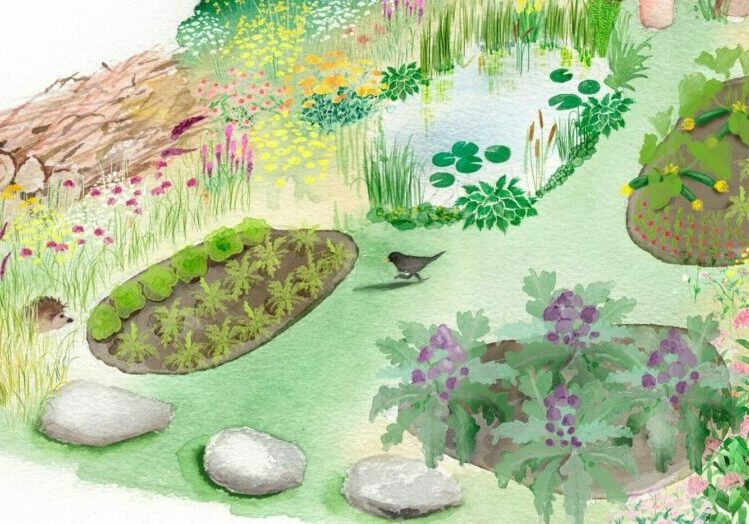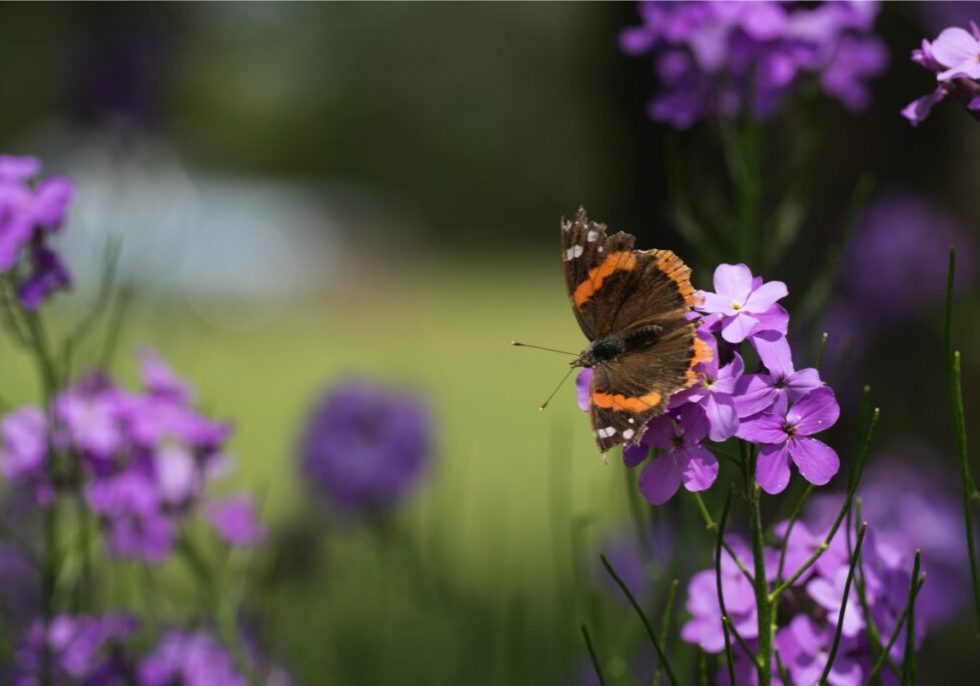The UK has lost 97% of its lowland wildflower meadows since the 1930s. This shocking decline has had a huge effect on biodiversity. A single healthy meadow can be home to over 100 species of wildflowers, which in turn support other wildlife. For example, the common bird’s-foot trefoil provides food for 160 species of insects, which in turn support mammals and birds.
Wildflowers are a food source for bees, butterflies and other pollinators throughout the year. On a single day in summer, one acre of wildflower meadow can contain 3 million flowers, producing 1kg of nectar sugar – enough to support nearly 96,000 honeybees every day.
Over a third of the world’s food relies on insects for pollination, so it’s vital to give them a helping hand where we can, and planting wildflowers is one way to do this. It’s easy to do, whether your garden is large or small – and even if you don’t have a garden at all!
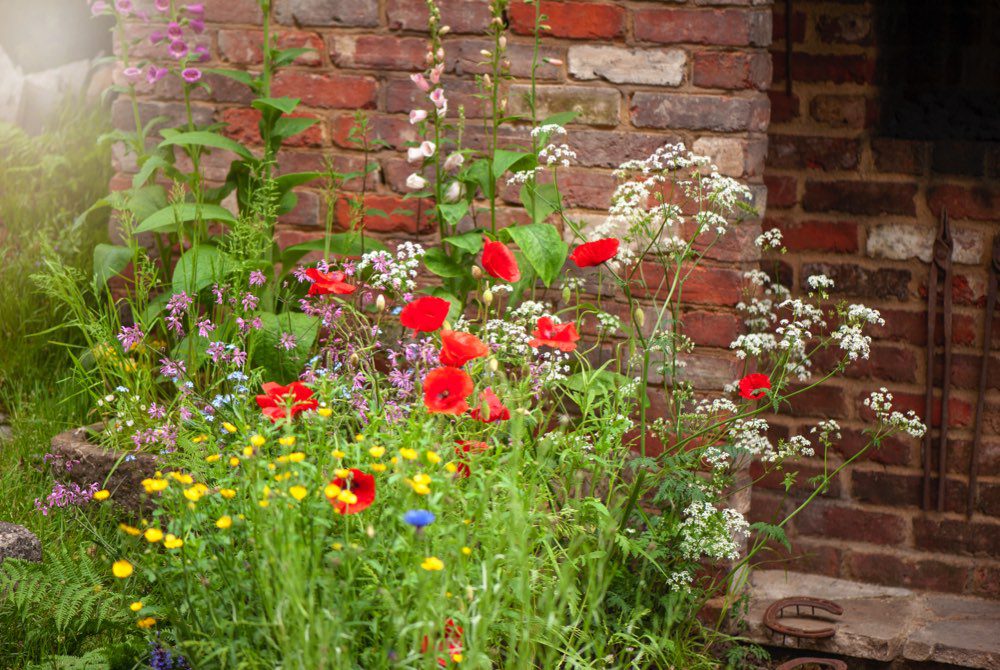
1. Decide where to grow
Wildflowers are happy to grow in a range of areas, so you can try growing them anywhere: in raised beds, in window boxes, in pots, on an allotment, in a flowerbed, or you could even create a wildflower lawn. And don’t just think about your own space – you can work with your community, school or council to get permission to plant wildflowers in local green spaces. The larger the area you can add wildflowers to, the greater the benefit to local wildlife! The only specification for planting wildflowers is that the area needs to be open and sunny. If your planting area is shaded then you should look at planting woodland-specific wildflowers as they’re more likely to thrive.
2. Choose your flowers
It’s really important that the seeds you sow are native British wildflowers, as these will provide the greatest benefit for wildlife. Lots of seed companies produce ready-mixed packets of wildflower seeds, including those tailored to specific settings (shady or boggy ground, for instance) or to attract particular insects. If you’d like to choose your own wildflowers, the following species are great for pollinators, and should grow well in pots and most gardens: ox-eye daisy, cornflowers, corn marigold, primrose, viper’s bugloss, common knapweed, forget-me-not and pasque flower. You could train honeysuckle up a wall or fence, too. Lots of wildflower seed mixes include yellow rattle seed, which reduces the growth of grasses – great if you’re hoping to turn your lawn into a wildflower meadow.
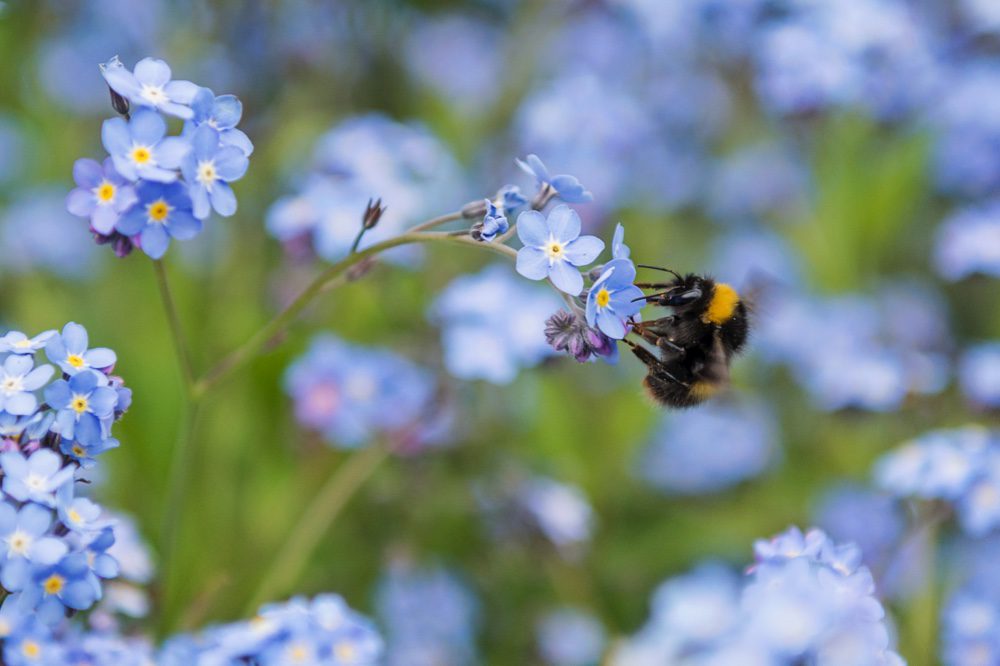
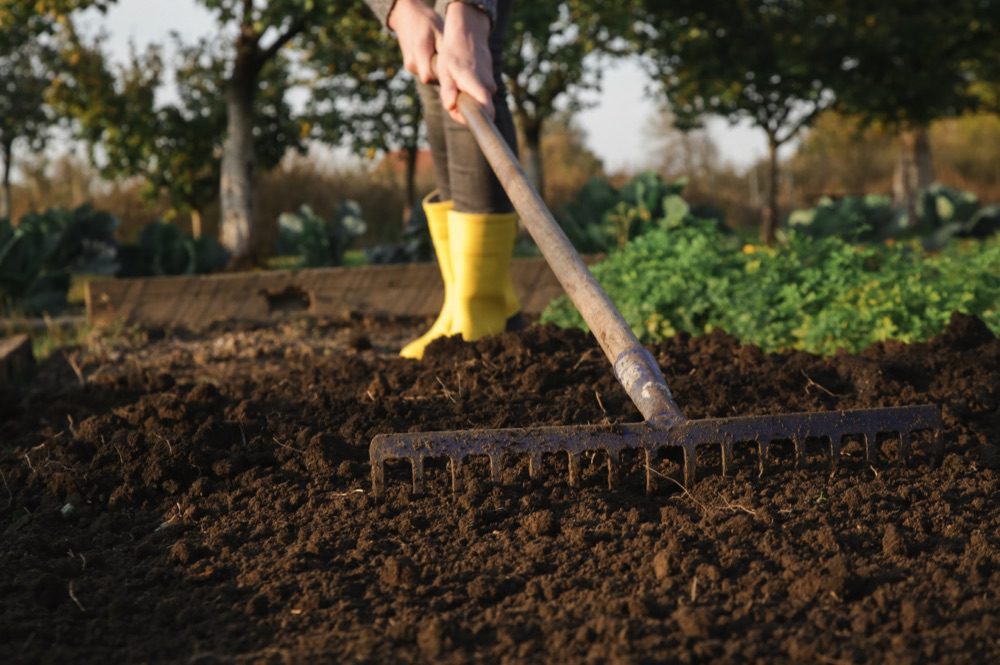
3. Start planting!
Many wildflowers grow best in poor-quality soil, so don’t use compost or fertiliser as that will boost grasses that out-compete the flowers. If your soil is rich you might need to remove the top few inches of topsoil to ensure that conditions are right for wildflowers (though this is a lot of effort and isn’t essential). The best time to sow seeds is spring or autumn. Clear the ground to create bare soil where you can sow. For large patches, about 5g of seed is needed per square metre. Scatter the seeds evenly, then rake the soil and walk back over the area so the seeds make contact with the soil. Keep the area well-watered until it’s established. If you’re growing in a pot or window box, use soil or peat-free compost and make sure there’s plenty of drainage. Scatter the seeds, lightly cover them with soil or compost and keep them well watered. Birds love to eat wildflower seeds, so you might want to cover the seeds while they’re germinating.
4. Look after your wildflowers
If you’ve prepared your meadow in autumn then you should see your first flowers the following spring. For spring sowings, you may see some flowers this summer, but other seeds will lie dormant until next spring. If you’ve grown a large area of wildflowers, cut them in midsummer in their first year and leave the cuttings on the ground for a few days to let them re-seed, then clear the cuttings. After the first year, leave the flowers alone from early April until late summer (August or September) – this allows as many types of wildflowers to bloom as possible, providing food for pollinators for a long period of time. In autumn you can mow again and do any weeding of unwanted plants. Potted flowers are more likely to dry out in hot weather, so have a watering can ready if they look like they’re suffering.
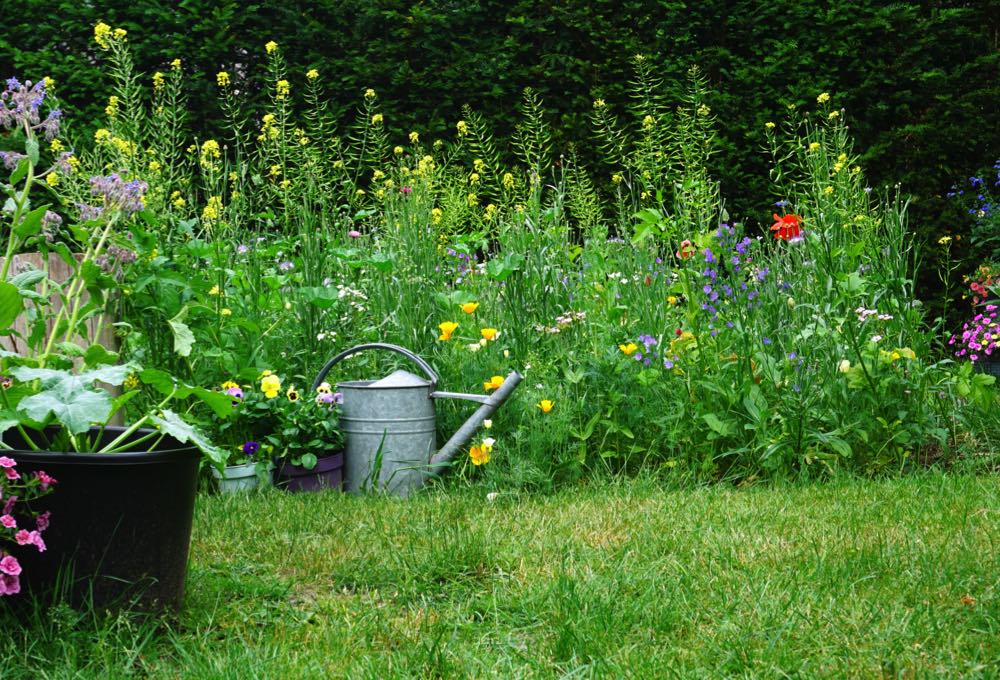
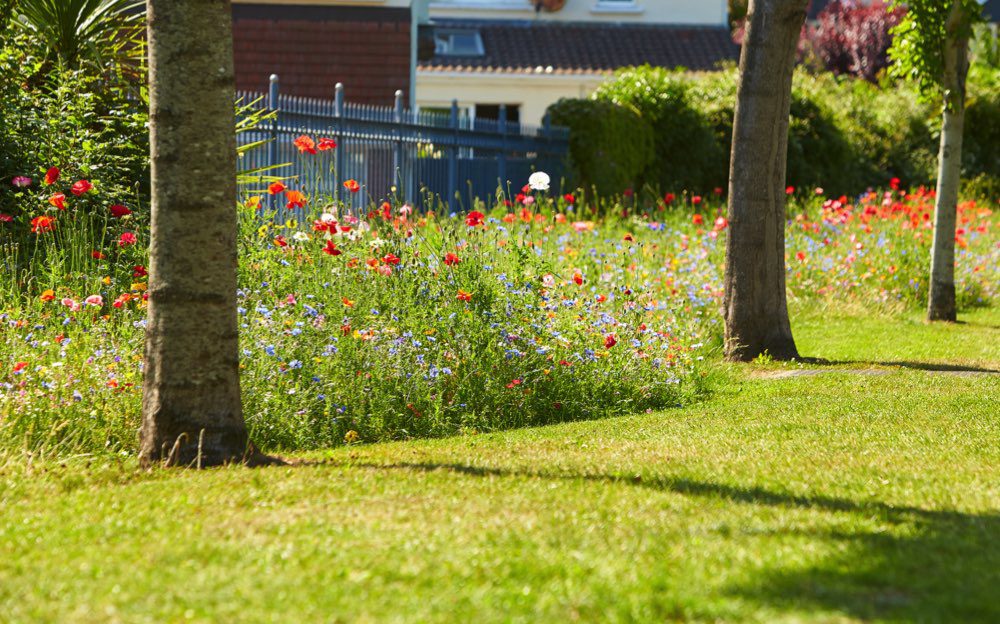
5. No garden? No problem!
Even if you live in a flat or don’t have a garden, there are plenty of ways to bring wildflowers back. Window boxes and pots on balconies can be filled with wildflowers, and you can even try growing them from plant plugs in pots indoors – leave them by open windows on warm days to help passing pollinators. You could sign up for an allotment (where you can also grow your own food), and get involved with local community groups that look after sports fields, green spaces or verges to encourage them to dedicate an area to wildflowers. Write to your local council and MP to ask for more space for nature locally and nationally, and add your voice to the People’s Plan For Nature to call for action to protect our wild isles.
ALL IMAGES © GETTY
More ways to go wild
You can find lots more ways to take action for UK nature at home or in your community on the Save Our Wild Isles website.
More to explore
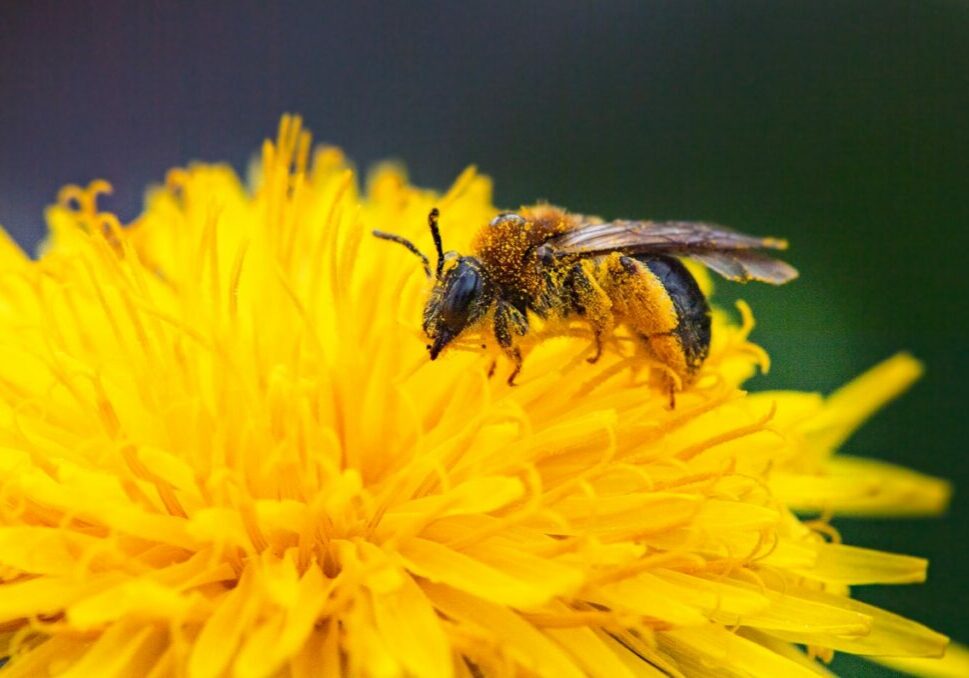
Planting for pollinators
We can’t live without bees, but in the UK they’re being pushed to the brink. So this summer let’s make every garden an oasis for pollinators
